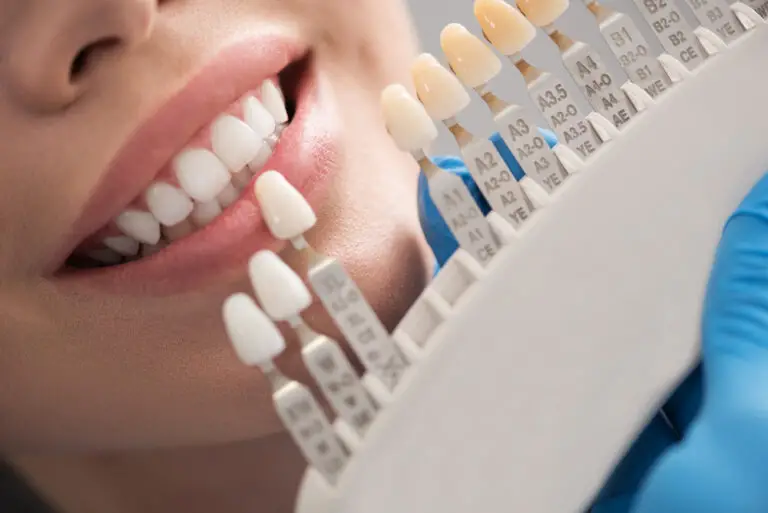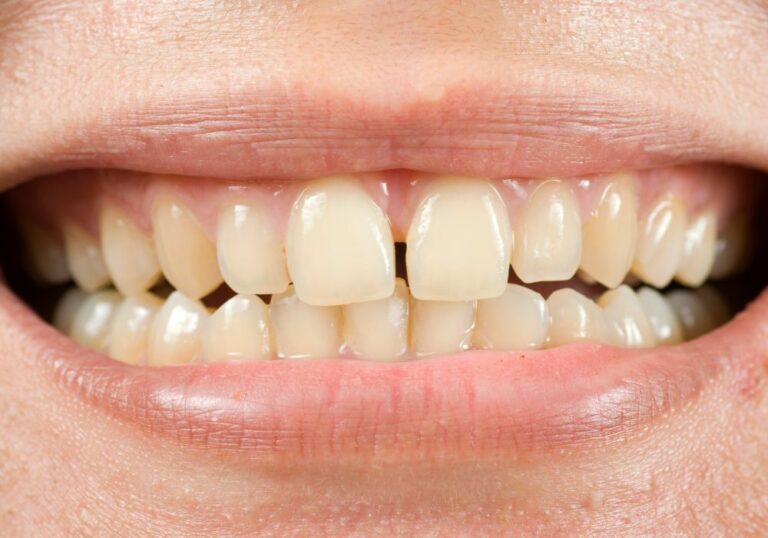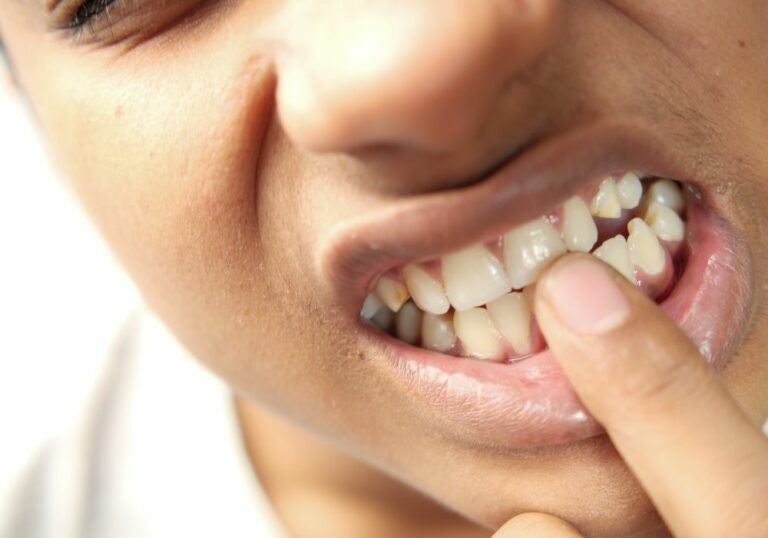Feeling a hard lump developing in the far back corner of your mouth can be alarming. Is it a tumor? Infection? For most people, it’s simply a wisdom tooth erupting late. But what prompts back molars to suddenly start entering the mouth years after your other adult teeth came in?
Causes and Implications of Delayed Emerging Back Teeth
Wisdom teeth often develop on different timelines than rest of your teeth due to certain factors. Understanding why they emerge late helps manage symptoms and prevent complications. Let’s explore the reasons you may find a new molar unexpectedly pushing through decades after getting your “permanent” teeth:
Delayed Calcification and Growth
Wisdom teeth take longer to complete development than other tooth types. While you likely cut your first molars around age 6 and premolars at 10, wisdom teeth don’t begin calcifying until approximately age 9-12.
Full crown and root formation isn’t complete until the late teens. So wisdom teeth frequently don’t erupt on schedule with other molars since they start and finish maturing later. It’s very common for third molars to first emerge in late adolescence through the mid 20s as they wrap up growth.
But in some cases calcification and root extension progresses exceptionally slow. This delays emergence, with wisdom teeth staying buried for most of adulthood. It’s not unheard of for them to first partially surface in the 30s or even 40s as the teeth finally mature adequately to erupt.
Insufficient Space in Jaw
The third molar is the last tooth in each quarter of the dental arch. Our ancestors had ample room for them to align since jaw size matched tooth volume. But overcrowding and smaller modern jaw size often prevents enough space for wisdom teeth to fully emerge. They become impacted below the gums.
Impaction is especially prevalent in the lower jaw, which has less area to fit the teeth than the broader upper arch. The position wisdom teeth try to erupt also influences impaction risk. Those oriented sideways or at extreme angles are blocked by surrounding teeth and bone. Even partially emerged wisdom teeth can become re-engulfed by gum tissue due to lack of space.
Anthropological research reveals our early hunter-gatherer ancestors had much lower impaction rates compared to modern populations – around 4% versus over 50% today. Jaws were larger and better suited to third molars thanks to coarse, fibrous diets that promoted full bone and tooth development.
Delayed Root Development
As mentioned, some wisdom teeth lag behind in root formation, which keeps them buried longer. They may not be ready to erupt on normal schedule if root extension and maturity isn’t complete. These molars with delayed root development and growth may not emerge until the late teens or even into the 20s or 30s in rare cases.
Signs Your Developing Tooth Is Ready to Emerge
You’ll notice symptoms as a buried wisdom tooth starts moving closer to the surface and gets ready to erupt. These include:
- Firm bulge visible or felt under gum tissue
- Tenderness, discomfort, or outright pain at site
- Swollen, irritated gums around the bulge
- Redness in the gums
- Difficulty fully opening jaw
- Headache or dull jaw ache
- Changes in bite alignment and chewing ability
- Swollen lymph nodes under the jaw and neck
This results from pressure placed on nerves, other teeth, bone tissue, and gum tissue as the emerging tooth forces its way through. The symptoms typically continue until fully erupted or removed if impaction prevents its entry path.
Potential Problems Arising With Late Emerging Teeth

While delayed eruption itself is no cause for concern, it can create issues such as:
Crowding and Misalignment
An older tooth newly pushing through may lack adequate room to properly align. This can displace other teeth from their original positions. It’s common for front teeth to shift and crowd when wisdom teeth emerge late.
Localized Gum Inflammation
Irritation and swelling of the gums around the incoming tooth commonly occurs, which invites bacterial overgrowth. Rinsing and antibiotics may be needed.
Damage to Nearby Teeth
Partially visible wisdom teeth can press against and damage the roots of the 2nd molars ahead of them. Injury to adjacent teeth may require their later extraction.
Increased Tooth Decay
Partially emerged wisdom teeth are notorious for trapping debris and causing cavities. They also promote decay in other teeth they shove out of position. Harder plaque removal contributes too.
Progressive Gum Disease
Any newly erupting tooth can allow pockets where plaque bacteria colonize as gums around it become irritated. Unchecked, this fuels infection and periodontitis.
Orthodontic Relapse
The incoming tooth itself or the knock-on crowding effects can undermine previous orthodontic correction. Teeth drift back out of alignment.
Jaw Discomfort or TMJ Problems
Pressure exerted on surrounding areas as difficult teeth enter the mouth strains the temporomandibular joint. Pushing through bone can provoke inflammation and impinge nerves.
Injury Prone Teeth
Partially visible wisdom teeth are very fragile and prone to cracks and fractures. Broken pieces left behind raise infection risk. Following extraction helps avoid this.
Nerve Damage
Attempting to erupt, lower wisdom teeth can compress or rub against the inferior alveolar nerve. This may numb the lower lip, chin, or tongue. Rarely, the damage becomes permanent.
How Dentists Manage Newly Developing Teeth
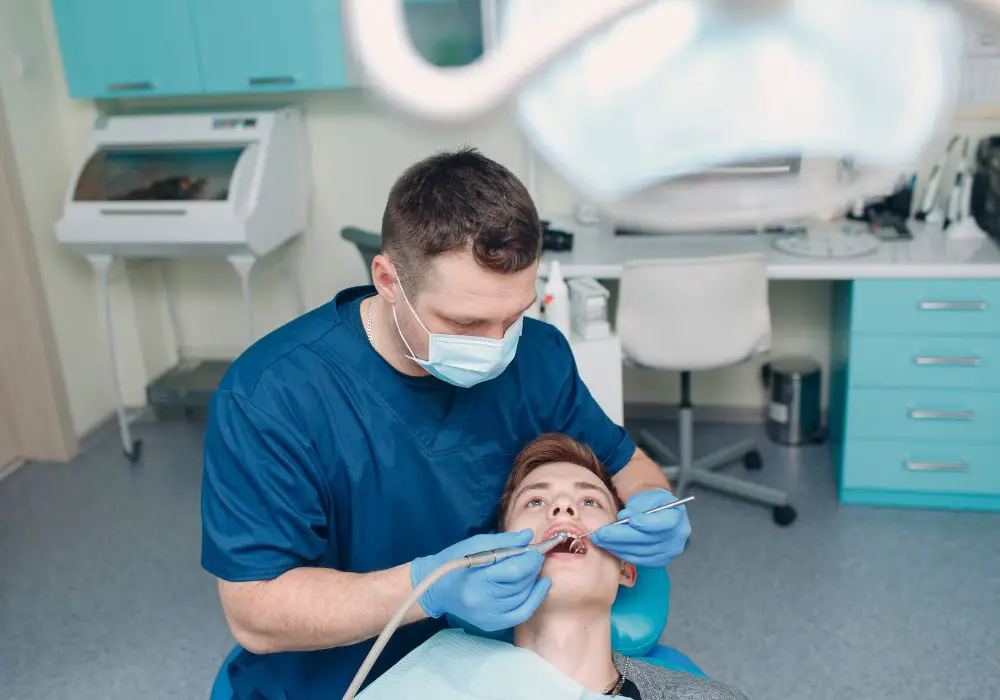
Don’t ignore an older tooth starting to emerge. Consult your dentist for assessment and care to avoid complications. Our modern mouths aren’t well-suited for latecomers. Dentists have several approaches:
Monitoring Eruption
If the tooth is positioned favorably with enough space and a reasonable eruption path, the dentist may observe its development for a few months as it finishes entry.
Surgical Extraction
Severely impacted or problematic third molars are removed by oral surgeons before they cause injury or infection. This also prevents damage to other teeth.
Relief of Inflammation
For mildly irritated gums during early eruption, antibiotics, chlorhexidine rinses, analgesics can temporarily reduce swelling and pain.
Gradually Exposing Surface
When space allows, dentists uncover part of the buried tooth’s crown and place separators to guide its progress erupting into the mouth properly.
Orthodontic Assistance
Braces, Invisalign, springs, or other appliances create space for impacted teeth to descend into. They also realign other teeth.
Dental Restoration
Fillings, veneers, crowns, or extraction may be needed for fractures, decay, or cysts in partially visible erupting teeth. Signs of tumors also warrant removal.
Is the Emerging Tooth an Impacted Wisdom Tooth?
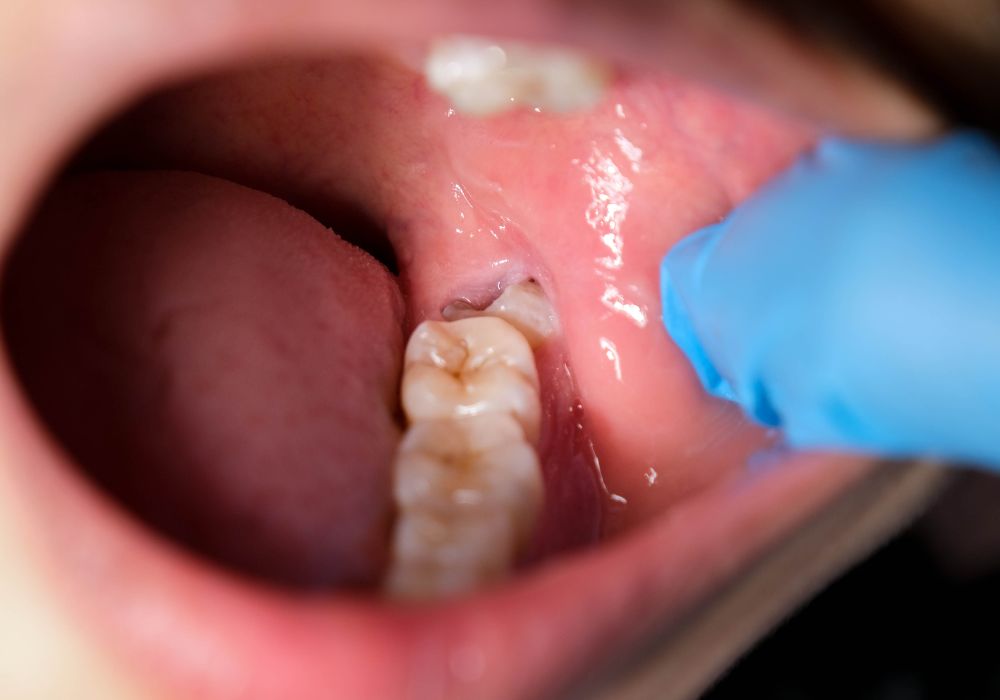
How can you determine if the new addition at the very back of your mouth is an impacted wisdom tooth? Signs include:
- Located in the farthest back corners of the jaw behind existing molars
- Person is in late teens, 20s, or 30s when wisdom teeth typically emerge
- Lack of full tooth visibility – may only partially poke through gum
- Red, swollen, irritated gums around the site
- Feels like a hard mass or bulge under the gums
- Shoves other back teeth forward as it tries to erupt
- X-rays show unerupted third molar attempting to grow into the limited space
Of course, not all teeth that arise late are necessarily wisdom teeth. Rare examples like supernumerary teeth, recurs, and odontomes can also appear decades after your permanent teeth finish development. Proper diagnosis via imaging tests can identify the culprit.
Frequently Asked Questions
Q1: What typically delays wisdom tooth eruption?
Delayed initial formation, slow growth, insufficient space, and unfinished root development commonly prevent wisdom teeth from emerging on schedule. They remain buried for years before eventually working their way out.
Q2: Can a wisdom tooth damage surrounding teeth?
Yes, impacted or erupting wisdom teeth often press against the backsides of other molars, injuring their roots and nerves. This is most common with lower wisdom teeth damaging the 2nd molars ahead of them. Prompt removal prevents harm.
Q3: Is it possible to get new teeth as an adult?
Wisdom teeth emerging in your 20s to 30s can make it seem like new teeth are forming. But no other new teeth develop after your adult set finishes around age 21. Some supernumerary and supplemental teeth can arise later, but are very rare.
Q4: Should I have a late-emerging wisdom tooth extracted?
It depends on positioning and effects. Problematic wisdom teeth require extraction to avoid complications. But some erupting late into adequate space cause no issues. Oral surgeons should evaluate the situation to advise care.
Q5: How can I tell if the tooth lump is wisdom vs. something else?
Location farthest back in mouth, partial visibility, age of patient (late teens through 30s), irritation of surrounding gums, and x-ray confirmation help distinguish late erupting wisdom teeth from things like tumors or cysts. See a dentist for evaluation.

